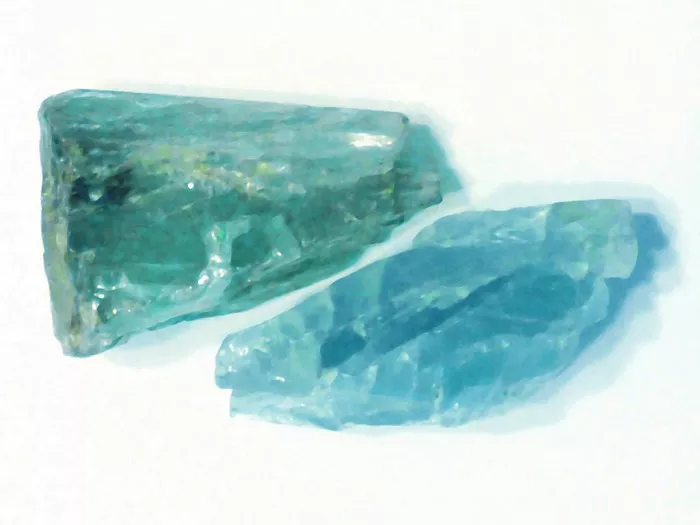Aquamarine is a captivating gemstone known for its stunning blue to blue-green color and association with the sea. As one of the most popular gemstones in the world, aquamarine has captured the hearts of jewelry enthusiasts and collectors alike. However, despite its widespread popularity, many people wonder just how rare aquamarine really is. In this article, we will explore the rarity of aquamarine, including its geological occurrence, distribution, and factors that contribute to its scarcity.
Understanding Aquamarine
Aquamarine is a variety of the mineral beryl, which also includes other gemstones such as emerald and morganite. What sets aquamarine apart is its delicate blue to blue-green color, which ranges from pale, icy shades to deep, oceanic hues. The name “aquamarine” is derived from the Latin words for “water” and “sea,” reflecting the gemstone’s resemblance to the colors of the ocean.
Aquamarine is found in various locations around the world, including Brazil, Nigeria, Madagascar, and the United States. The most prized aquamarine stones typically come from Brazil and Madagascar, where they are found in pegmatite veins and alluvial deposits.
How Rare is Aquamarine?
Aquamarine is considered a relatively common gemstone compared to other varieties of beryl such as emerald. However, while aquamarine is more abundant than emerald, it is still relatively rare compared to other gemstones such as diamonds, sapphires, and rubies.
The rarity of aquamarine is influenced by several factors:
Geological Occurrence: Aquamarine forms under specific geological conditions, typically in pegmatite veins and granitic rocks. These conditions are relatively rare and restrict the occurrence of aquamarine to certain geological environments. Additionally, aquamarine is often found in association with other minerals such as quartz, feldspar, and mica, further limiting its occurrence in nature.
Distribution: Aquamarine deposits are found in various locations around the world, but significant concentrations are relatively rare. Brazil and Madagascar are among the largest producers of high-quality aquamarine, with other notable sources including Nigeria, Afghanistan, and Pakistan. However, aquamarine deposits are generally smaller and less extensive compared to other gemstones, contributing to its rarity.
Color and Clarity: The most valuable aquamarine stones exhibit a rich, saturated blue to blue-green color with excellent clarity and transparency. Stones with desirable color and clarity characteristics are relatively rare and command premium prices in the market. While aquamarine is available in a range of colors and qualities, truly exceptional specimens are few and far between.
Demand and Availability: The demand for aquamarine in the market also affects its rarity. While aquamarine is not as rare as some other gemstones, such as diamonds or emeralds, high-quality specimens with desirable color, clarity, and size can be scarce and difficult to find. As a result, these stones are highly sought after by collectors, jewelers, and enthusiasts, driving up their price and contributing to their perceived rarity.
Investing in Aquamarine
Given its rarity, beauty, and enduring appeal, aquamarine can be a valuable investment opportunity for those looking to diversify their portfolio and hedge against inflation. However, investing in aquamarine requires careful research and consideration, as the market for gemstones can be complex and volatile.
When investing in aquamarine, it’s important to consider factors such as color, clarity, carat weight, and provenance, as these can significantly impact the value of the stone. Additionally, it’s advisable to work with reputable dealers and gemologists who can provide expert guidance and assistance in evaluating and purchasing aquamarine.
While aquamarine can be a lucrative investment, it’s essential to approach the market with caution and diligence to ensure that you are making informed decisions and maximizing your potential returns.
Conclusion
Aquamarine is a stunning gemstone prized for its beautiful blue to blue-green color and association with the sea. While aquamarine is considered relatively common compared to other gemstones, it is still relatively rare compared to diamonds, sapphires, and rubies. The rarity of aquamarine is influenced by factors such as its geological occurrence, distribution, color, clarity, and demand in the market. With its enduring allure and investment potential, aquamarine continues to captivate collectors, investors, and jewelry enthusiasts around the world. Whether you’re purchasing aquamarine for its beauty or as an investment, understanding its rarity and value can help you make informed decisions and appreciate the timeless elegance of this exquisite gemstone.


